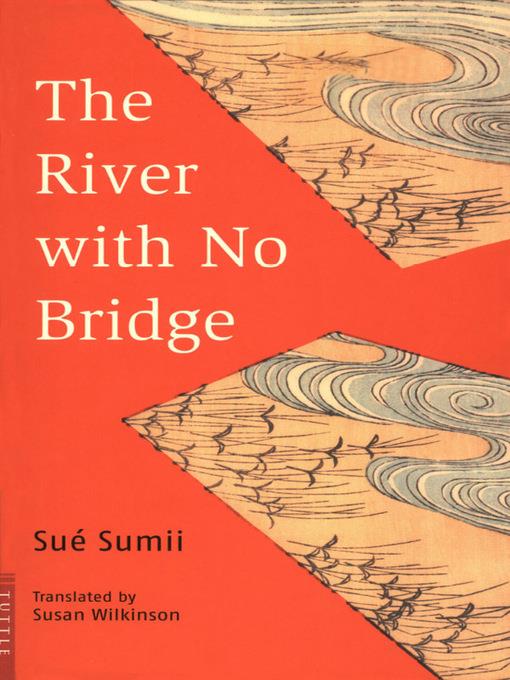
River with No Bridge
کتاب های مرتبط
- اطلاعات
- نقد و بررسی
- دیدگاه کاربران
نقد و بررسی

June 5, 1990
Japan's three million burakumin outcasts (``new commoners''), are racially no different from other Japanese, yet their traditional identification with ``unclean'' occupations--midwifery, tanning, butchering, etc.--has served as a pretext for continued discrimination against them. Their plight is dramatized in this very leisurely novel, set around 1908-13, the first part of a six-volume epic which Sumii completed in 1973, and of which this is the first English translation. Koji, an eta and a prize pupil, endures schoolmates' biased taunts; his teacher calls him a poisonous snake. His older brother, outspoken Seitaro, leaves school and becomes a rice dealer's apprentice. When a burakumin village burns down, playmates jeer that the fire stank because eta burned in it. Translated with a light touch, Sumii's delicate narrative draws back a curtain to reveal Japan's ugly secret and to show the insidious effects of prejudice. It also throws a sharp light on Japan's rigid school system.

June 15, 1990
This is an important piece of fiction for its subject matter, although the style unfortunately does not match the content. It is the initial translation of the first of a six-volume work telling the story of a Japanese eta family in the early part of this century. The eta, known now officially as burakumin, while ethnically and physically entirely Japanese, have been discriminated against and isolated in separate villages for centuries. The fact that this novel, which is based on historical fact, was published and widely sold in Japan, is itself important, and its publication in English is equally so. The author died in 1957, after a life devoted to the poor and underprivileged. It is a pity that the translator stuck closely to the dry, staccato Japanese style. A freer version would have been more gripping, if less true to the original.-- Donald J. Pearce, Univ. of Minnesota Lib., Duluth
Copyright 1990 Library Journal, LLC Used with permission.

November 1, 1990
YA- -In this first volume of six to be translated, Sumii creates a moving story of discrimination as seen through the eyes of a child, Koji Hatanaka, as he attempts to deal with his outcast status. He ponders the reasons his grandmother, mother, and all the other hard working burakumin are despised if hard work is so highly honored in Japan, and readers acutely feel the injustice in the segregation of three million Japanese solely because of their occupations. Sumii's story is also a unique social record of a traditional rural way of life in Japan during the early 1900s. Throughout the story, the threat of the rising totalitarian state and the encroaching modern age of industrialism are witnessed with the increasing emphasis in the schools upon reverence for the emperor and patriotism and the building of the Osaka Electric Railway tunnel. To add further authenticity to her narrative, Sumii has woven historical events and persons into her story. Wilkinson's translation retains the warmth of the Hatanaka family's struggle without weakening the strong statement of indignation against discrimination. Her introduction educates readers about the burakumin within Japanese society, and her notes offer an excellent explanation of the terminology, events, and people mentioned in the text. Both sections are invaluable resources for students of sociology and the social sciences. -Dolores M. Steinhauer, Jefferson Sci-Tech, Alexandria, VA

























دیدگاه کاربران